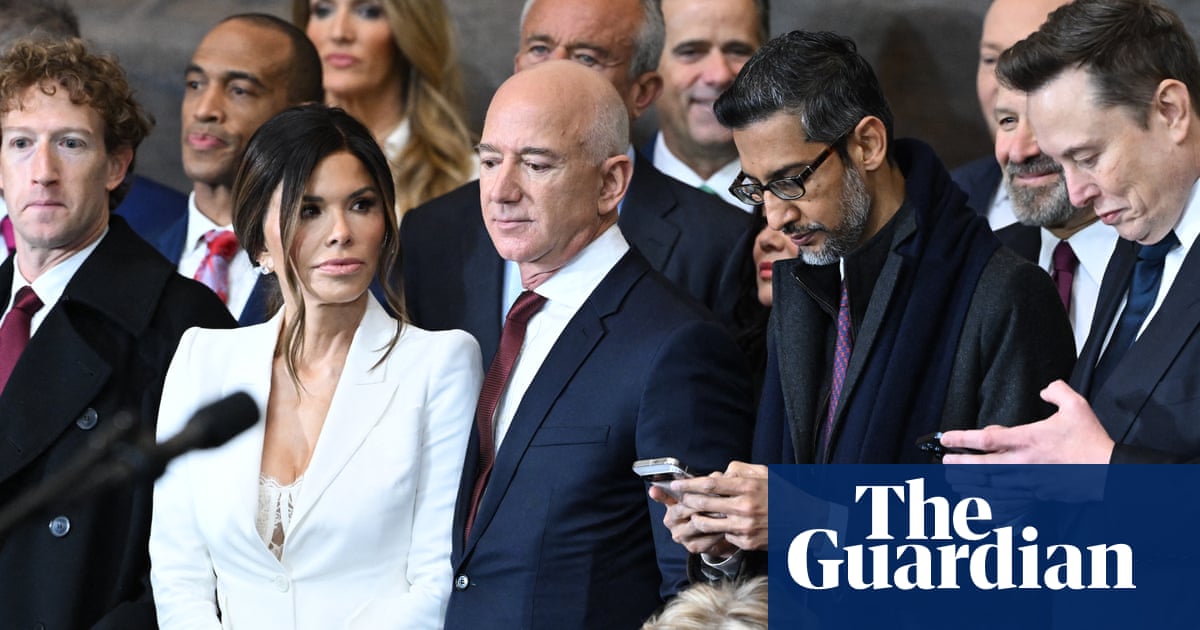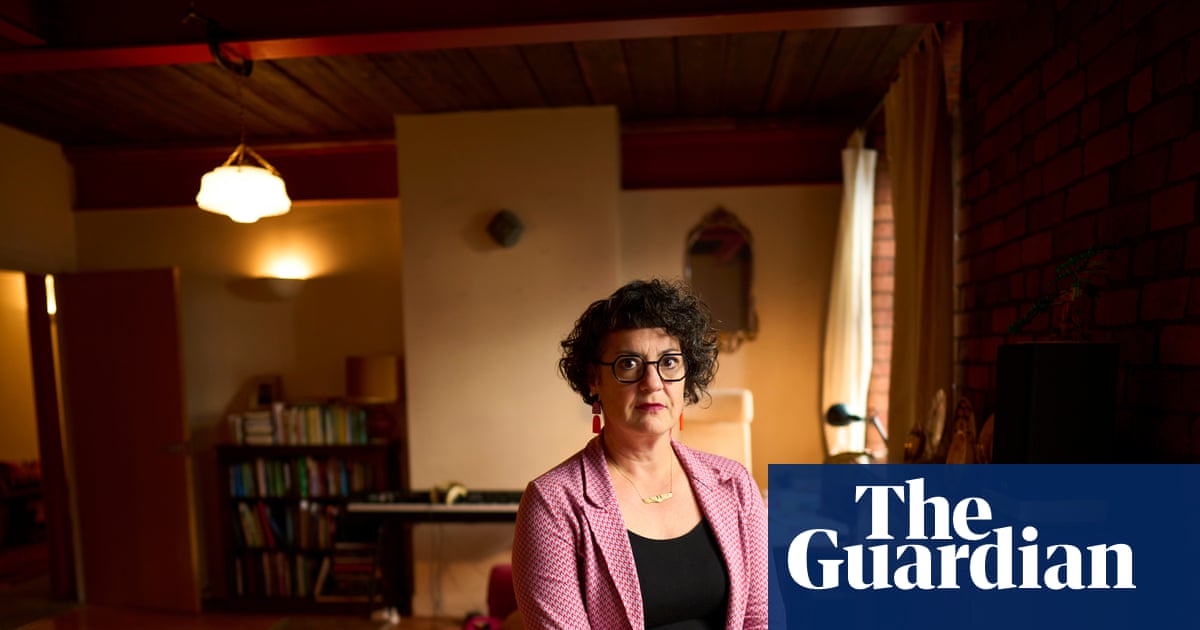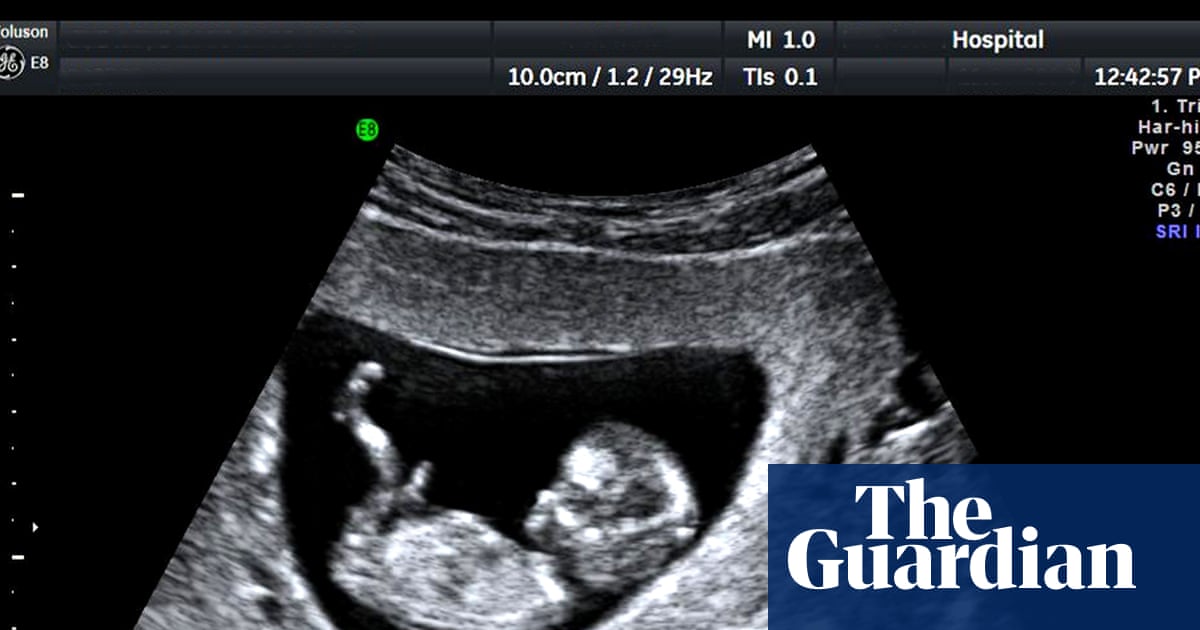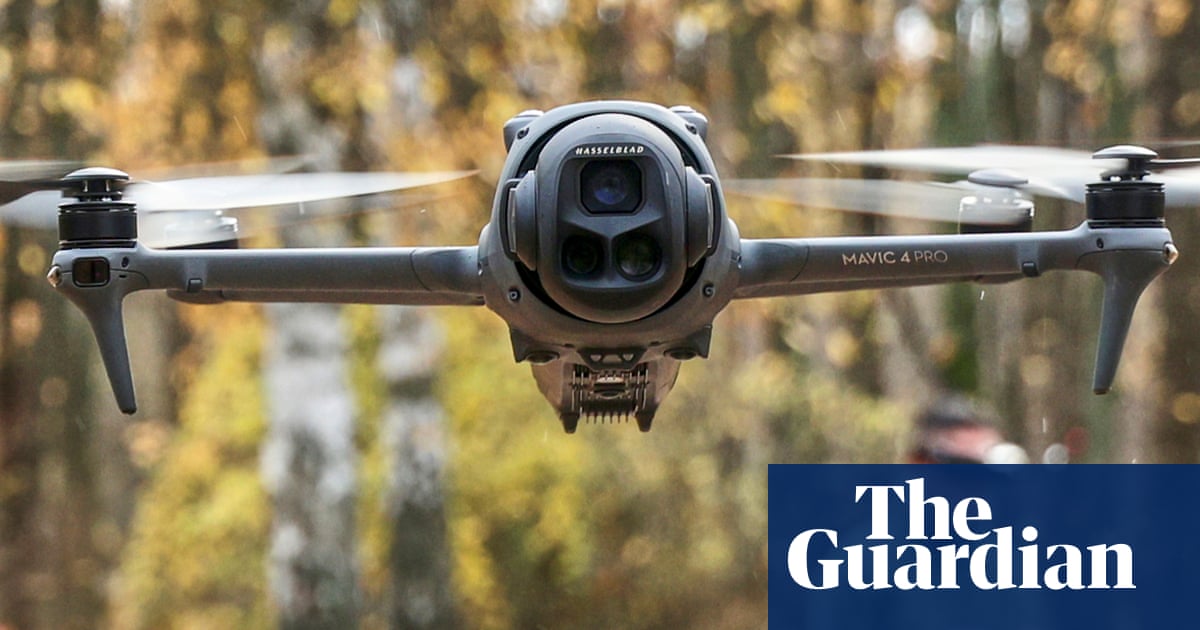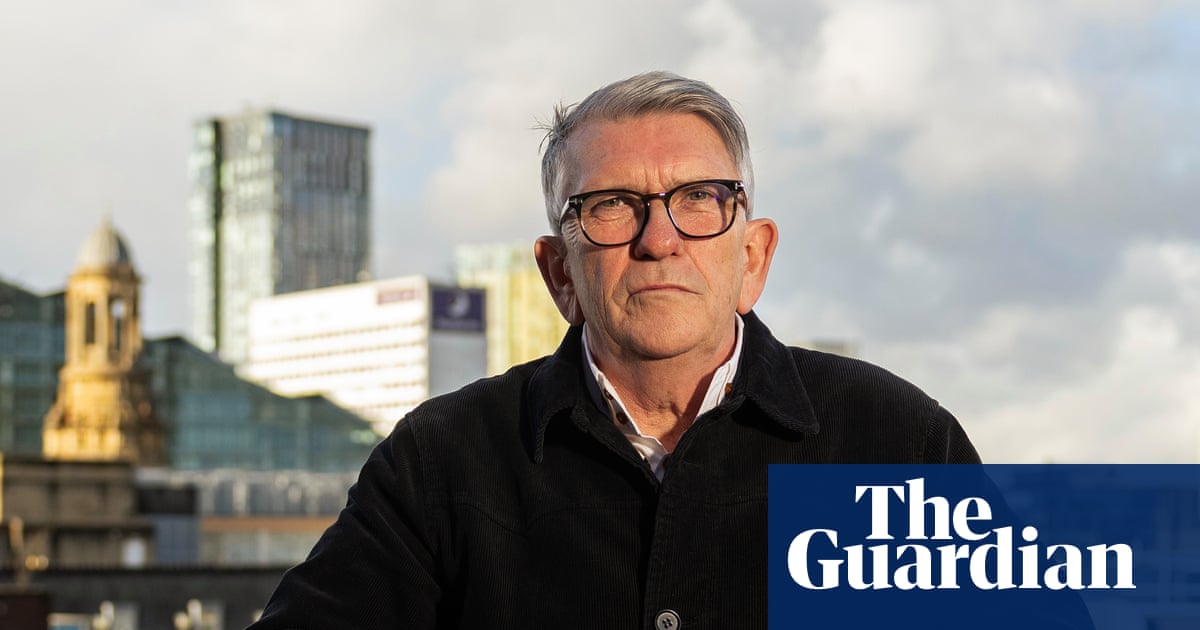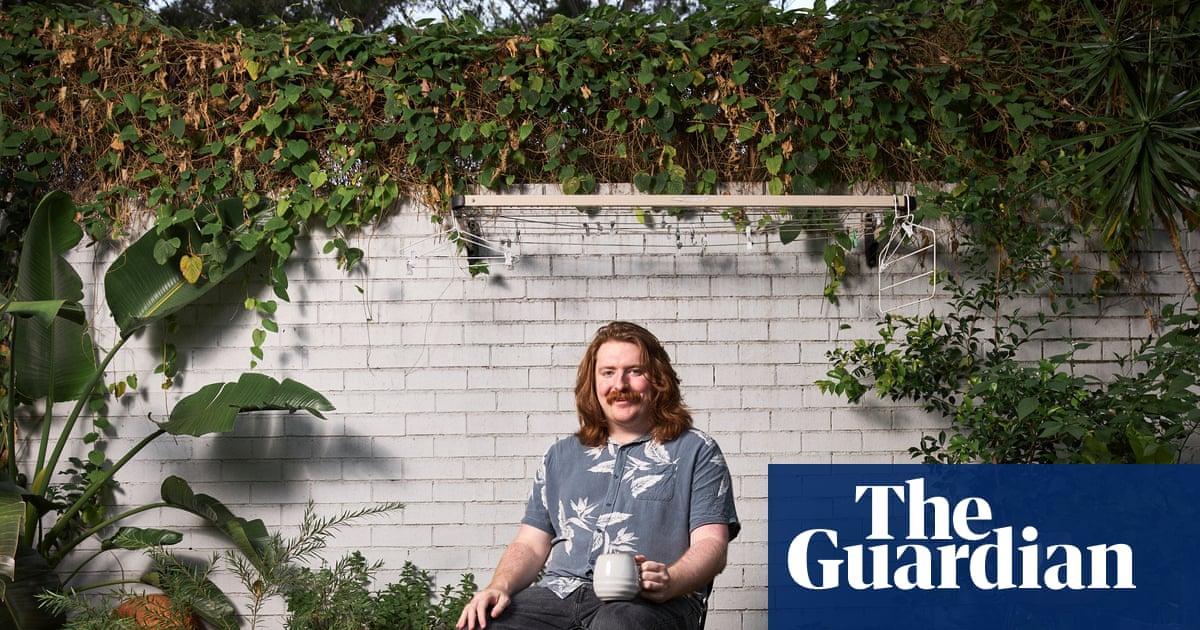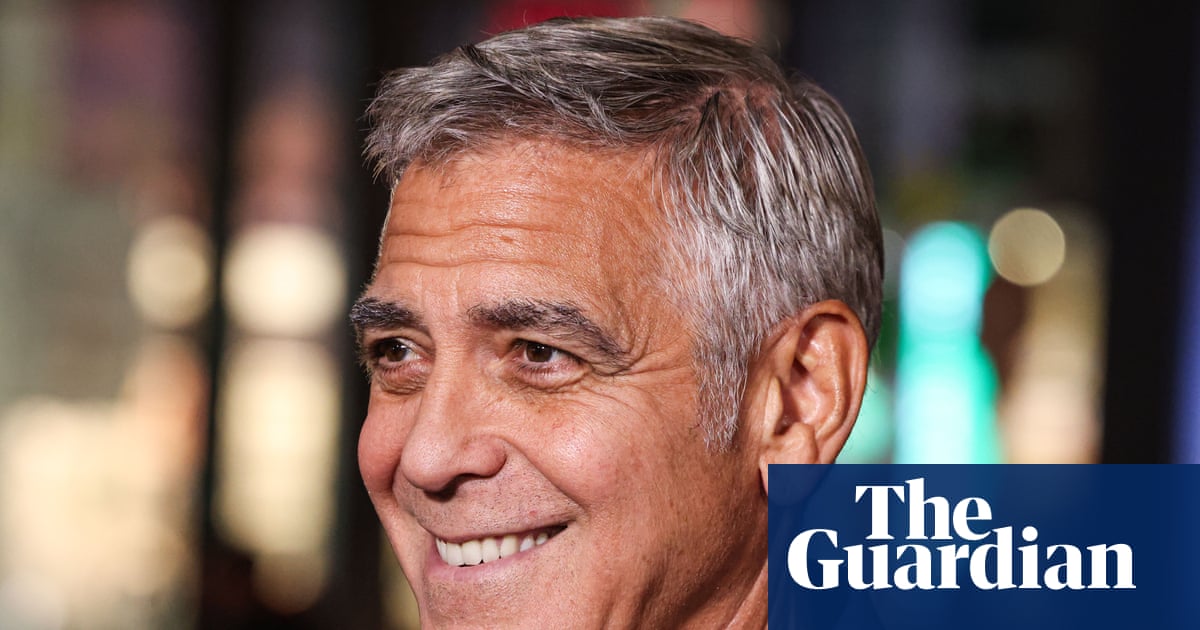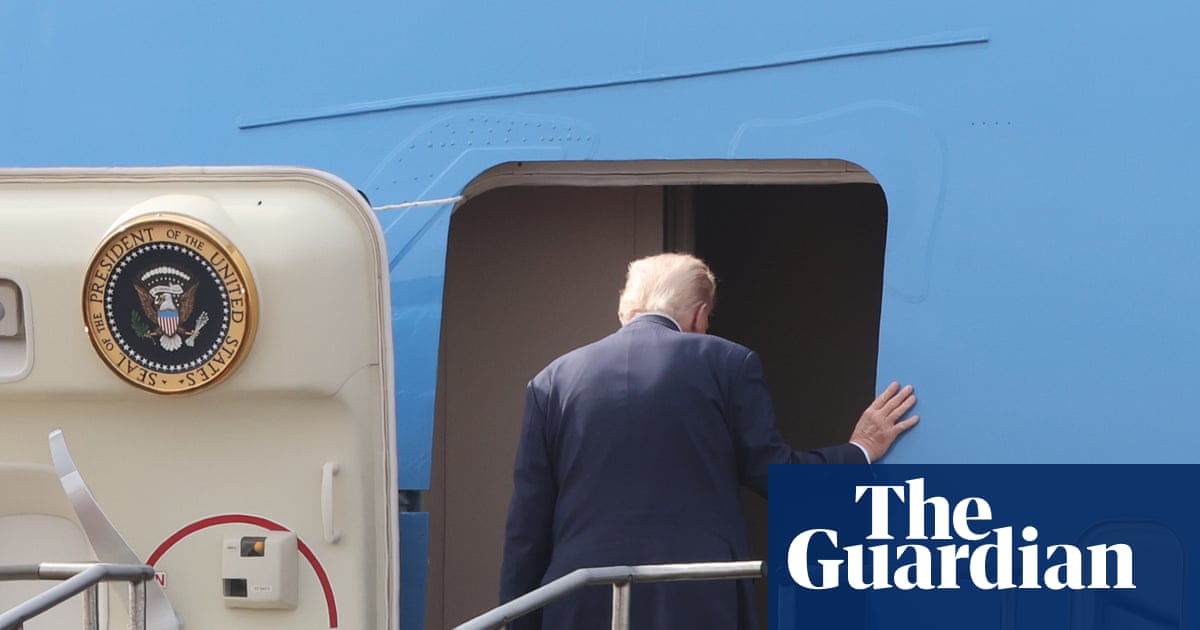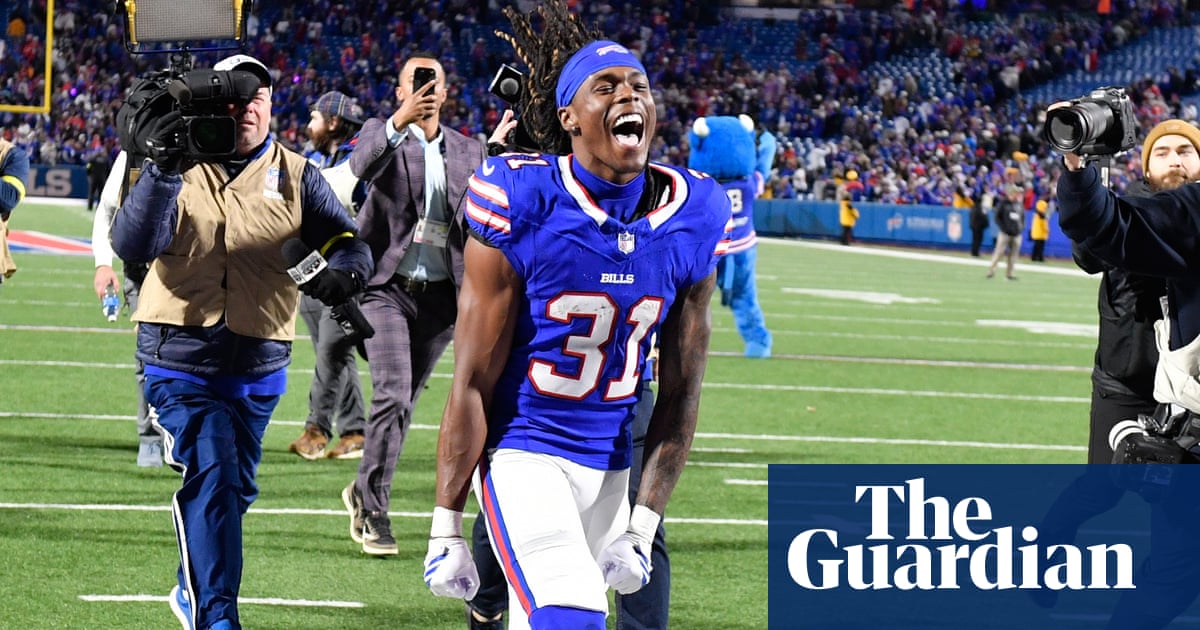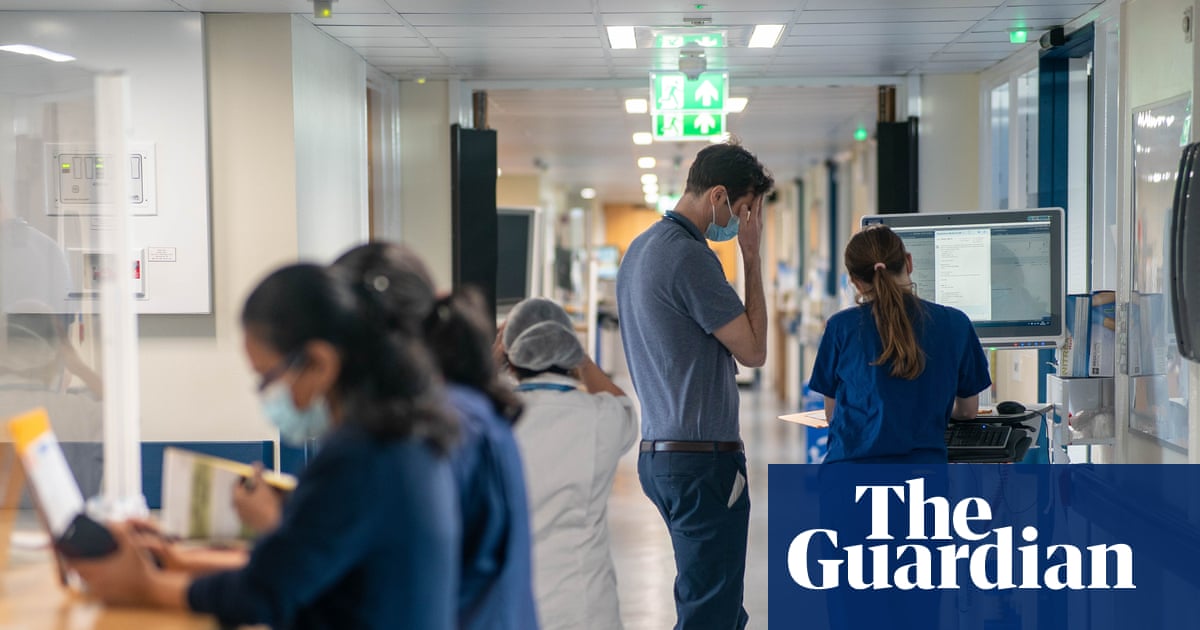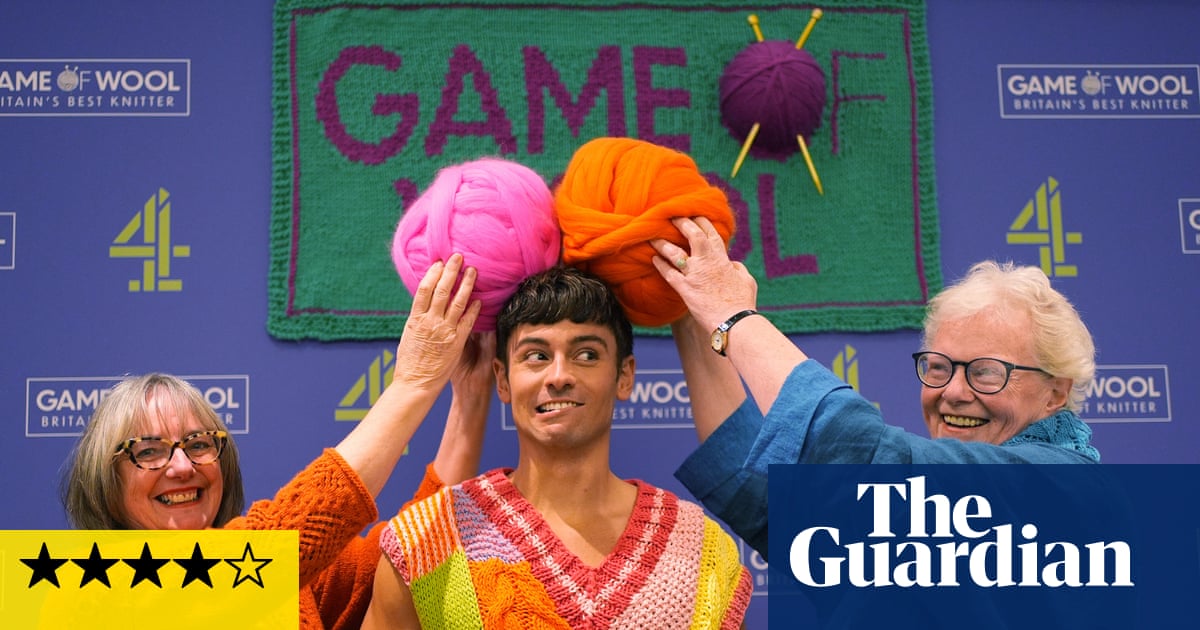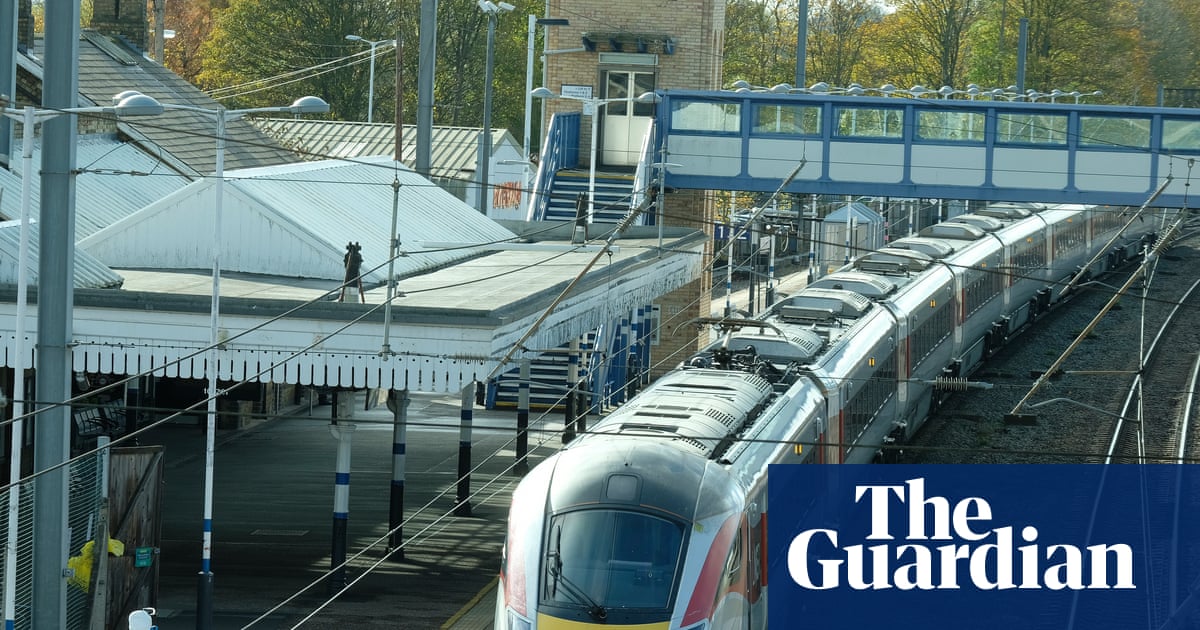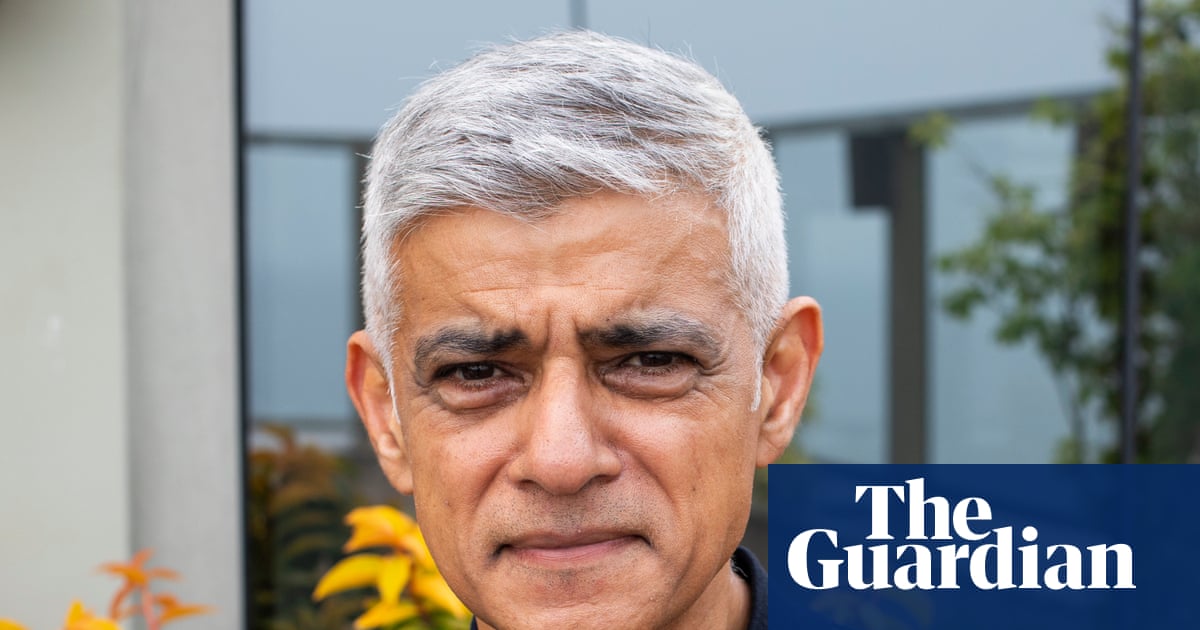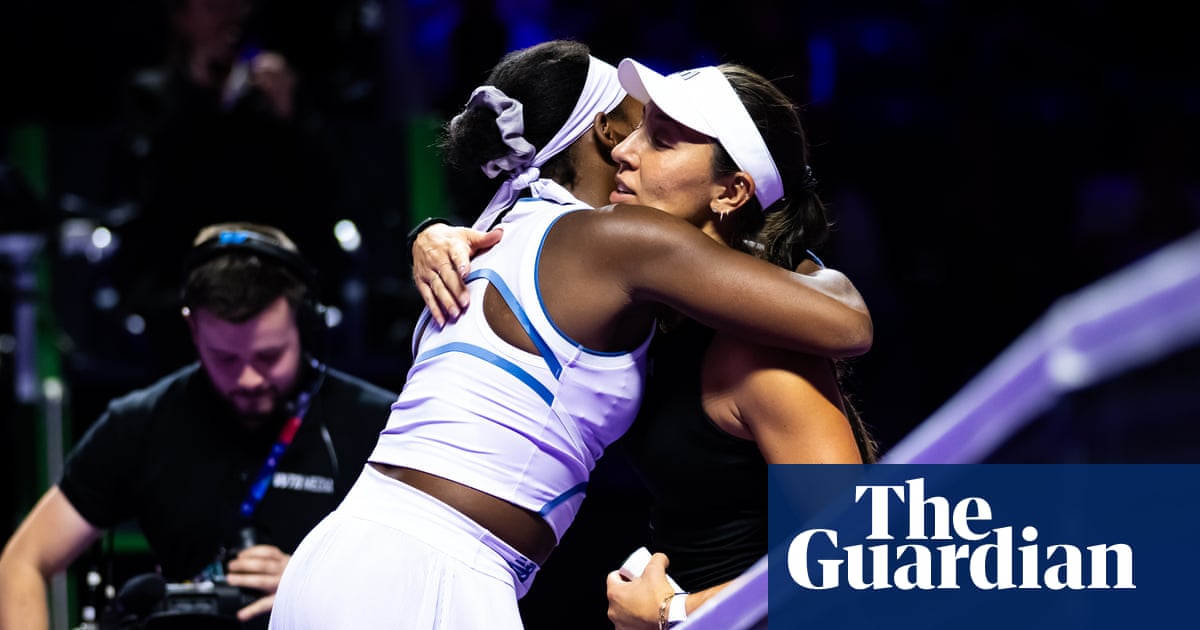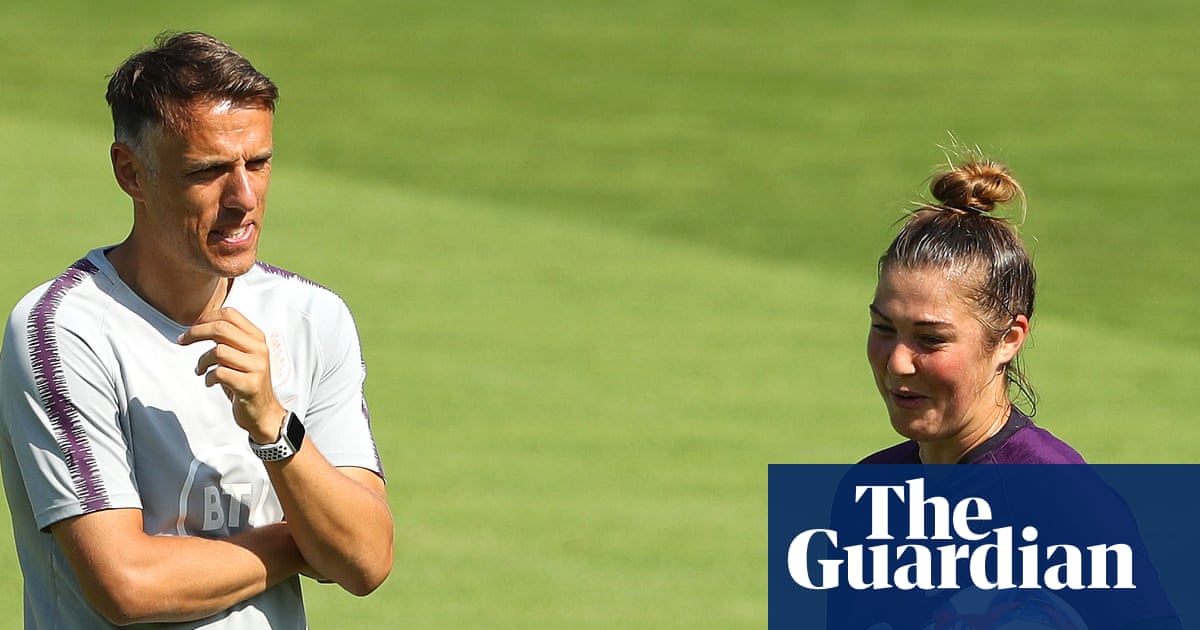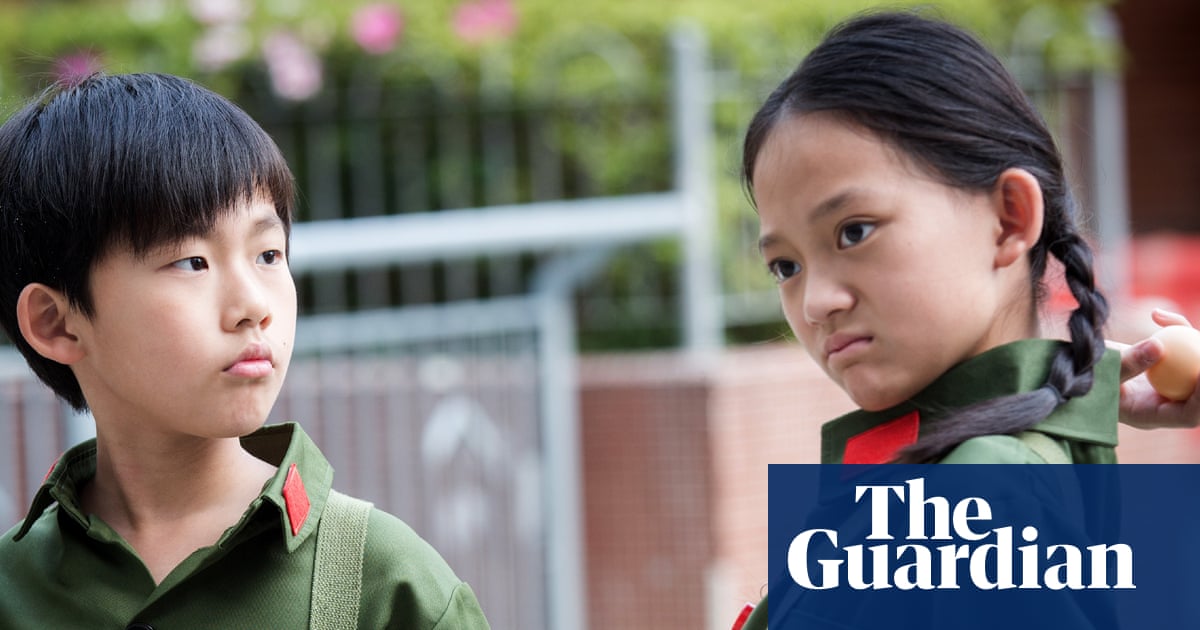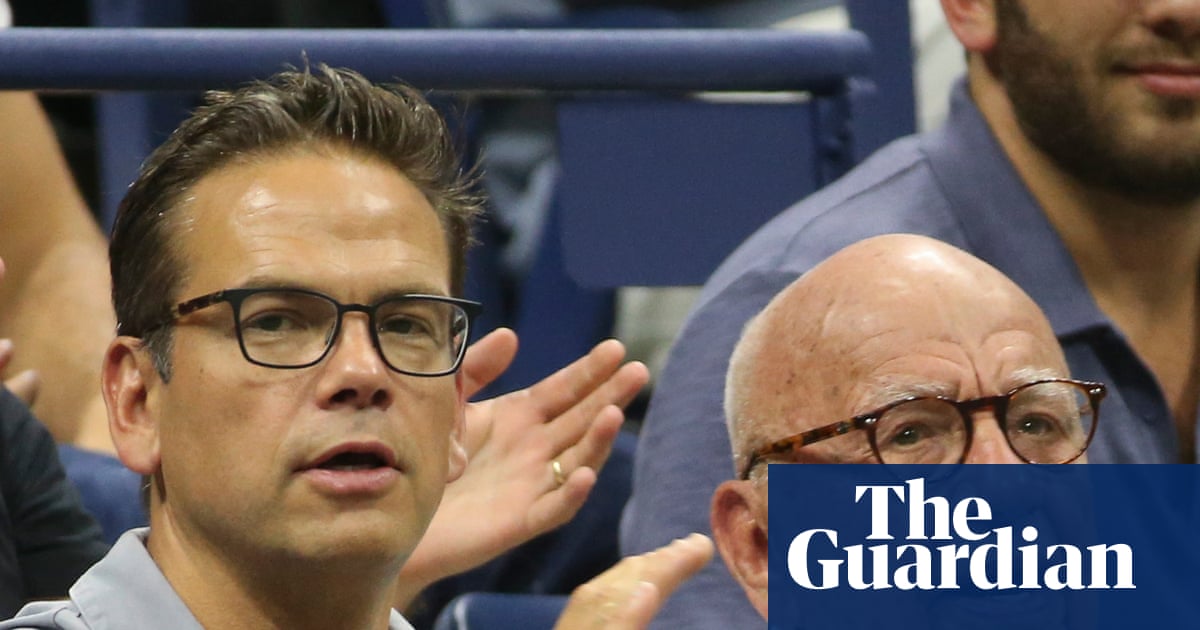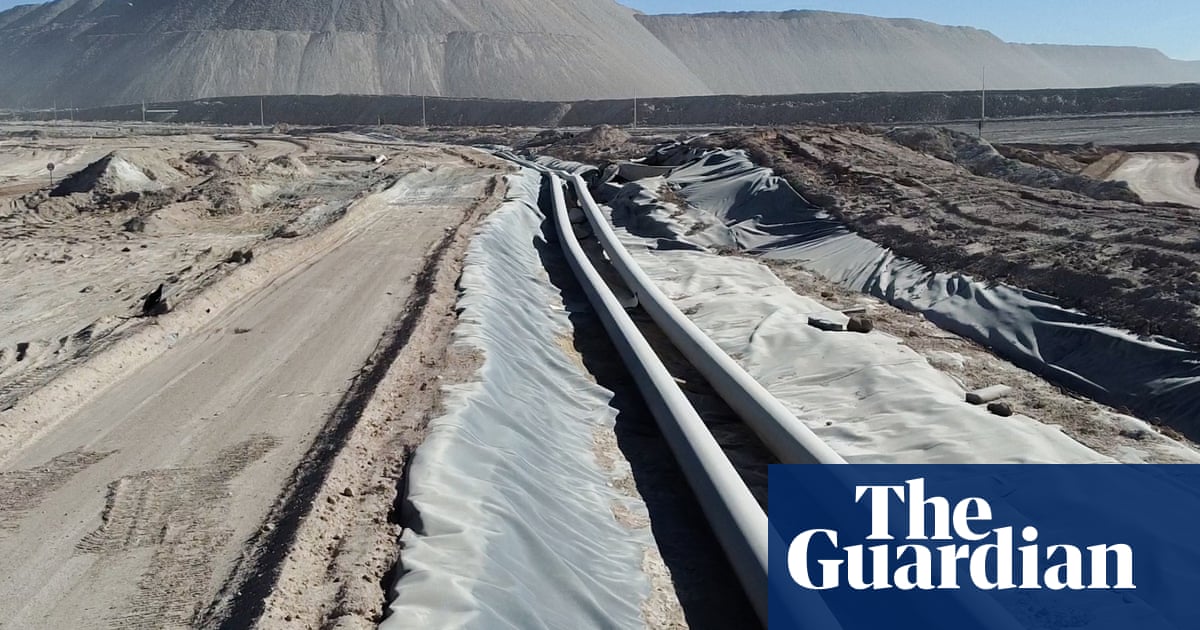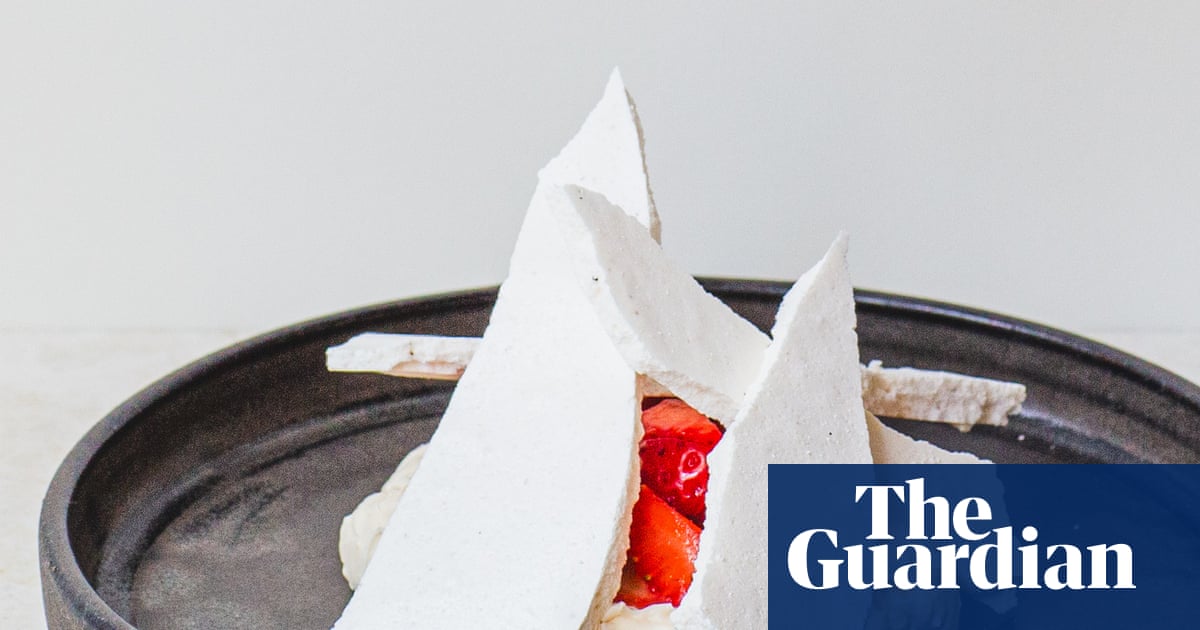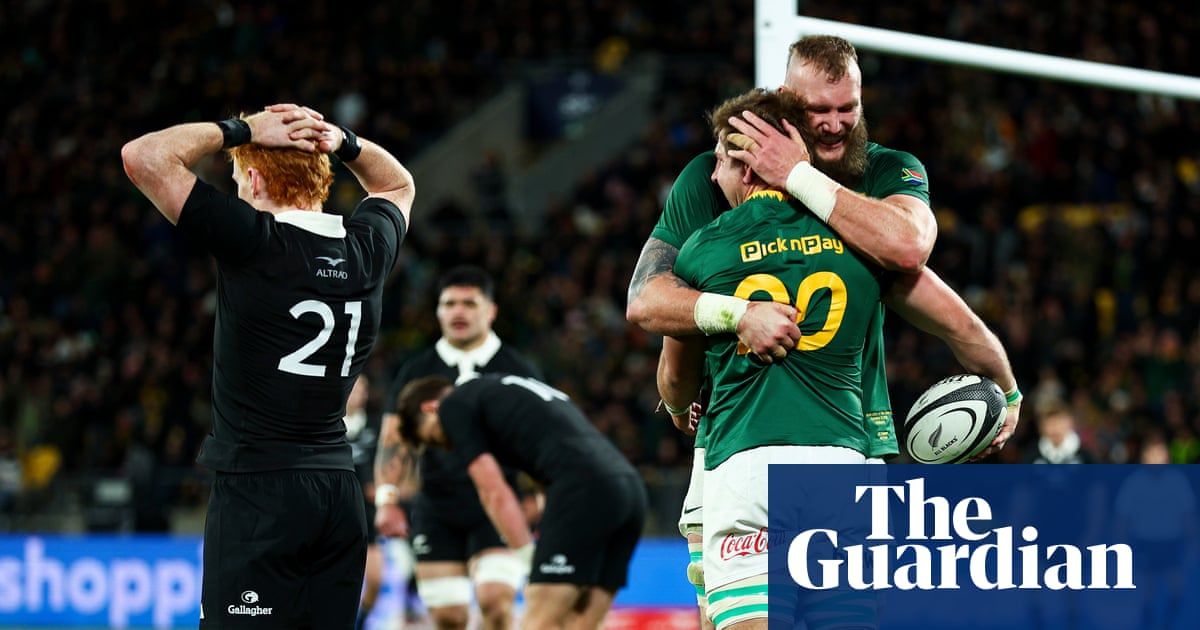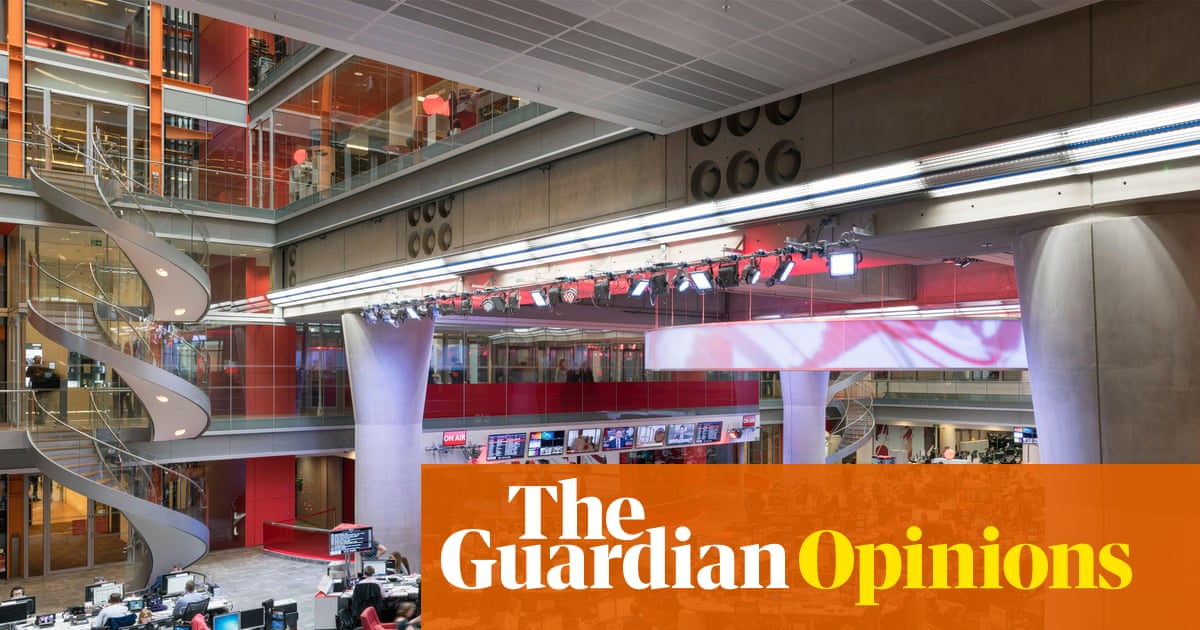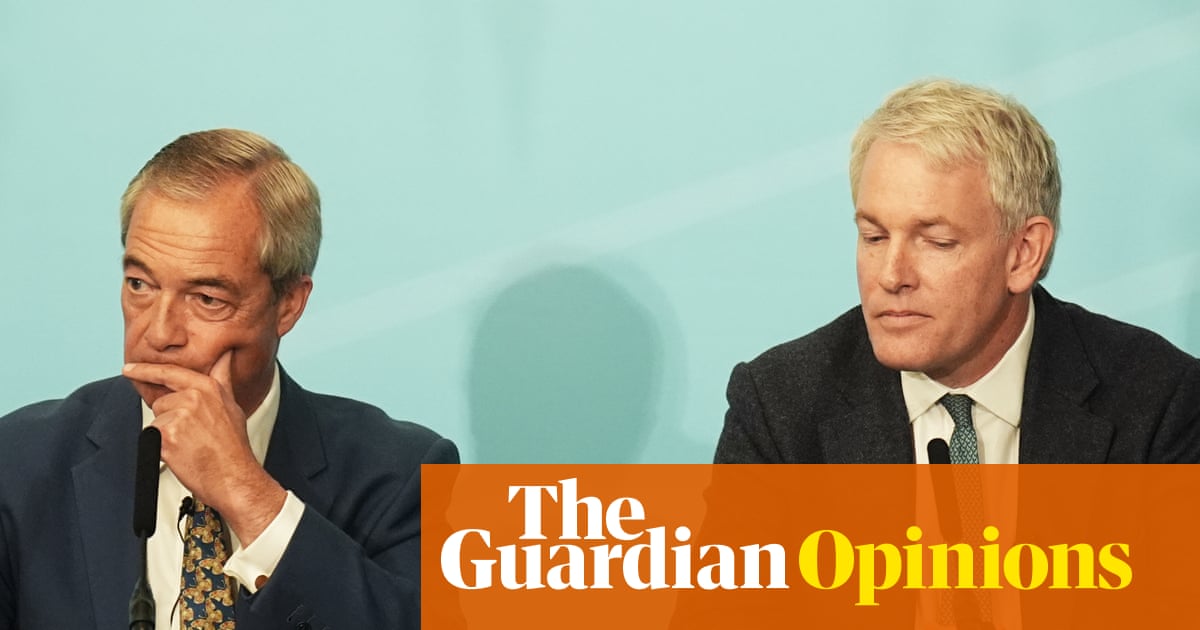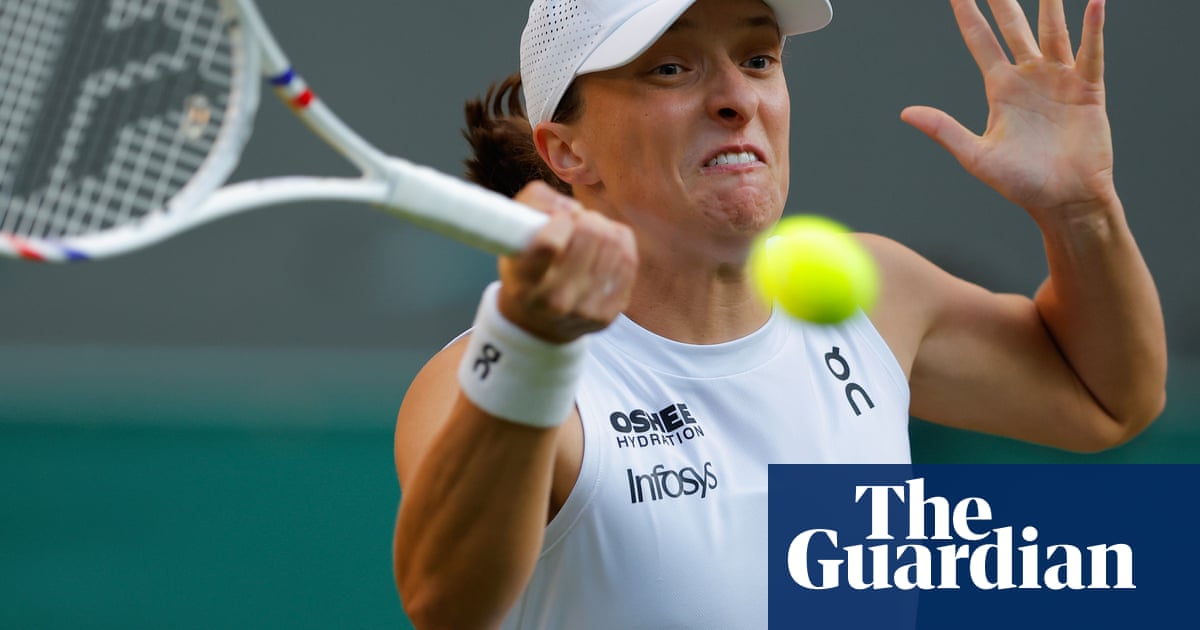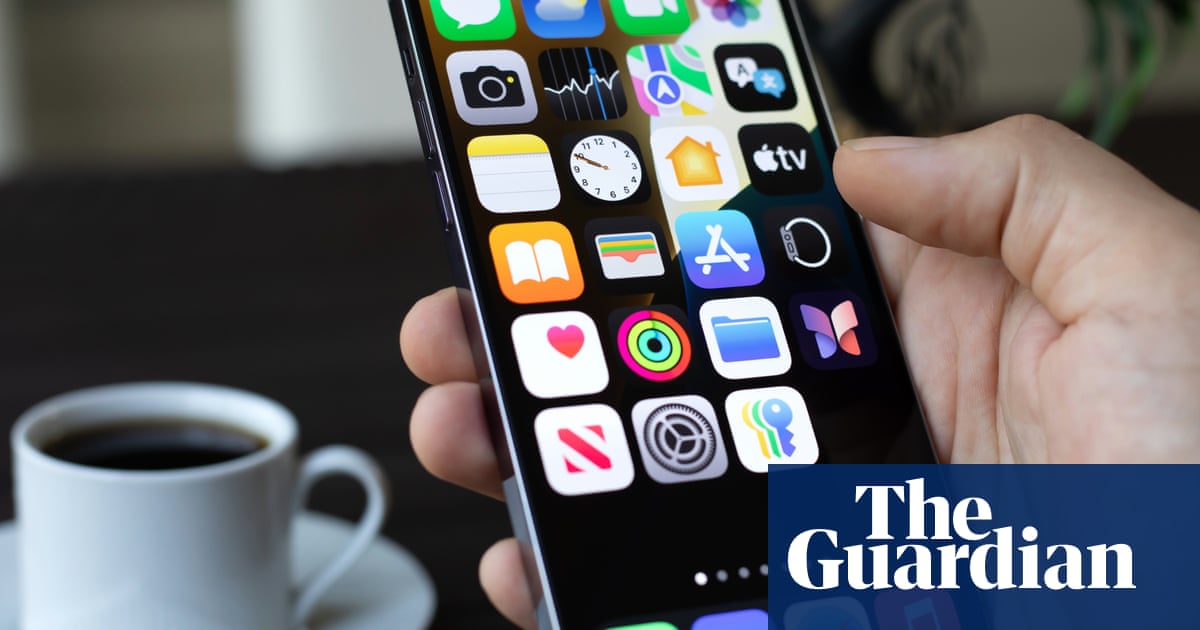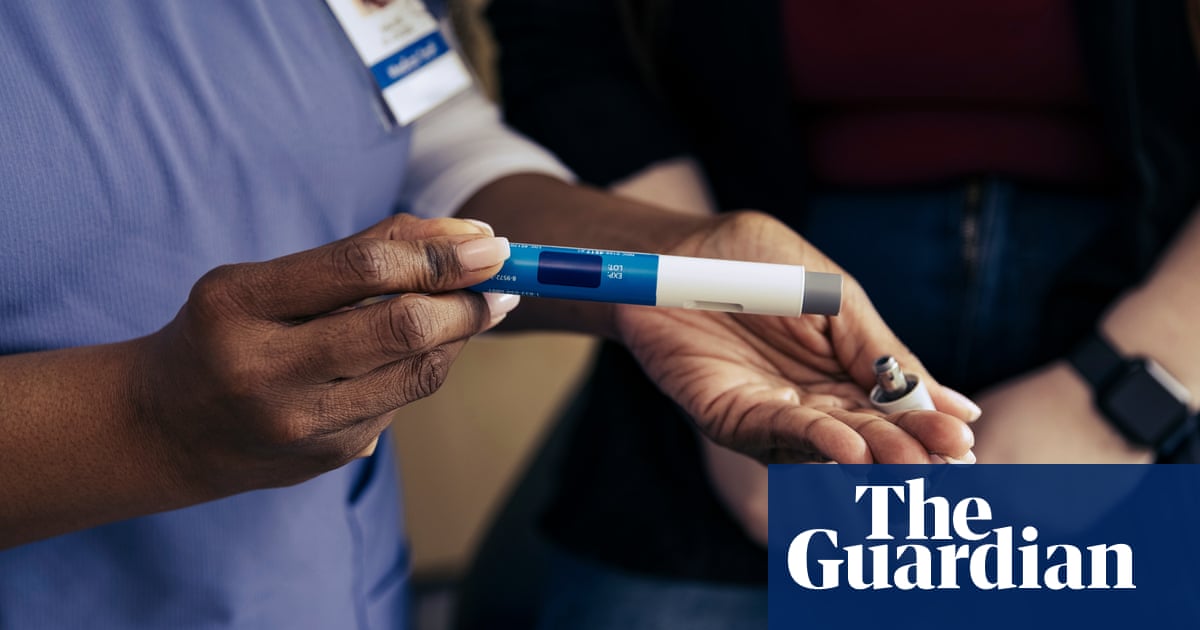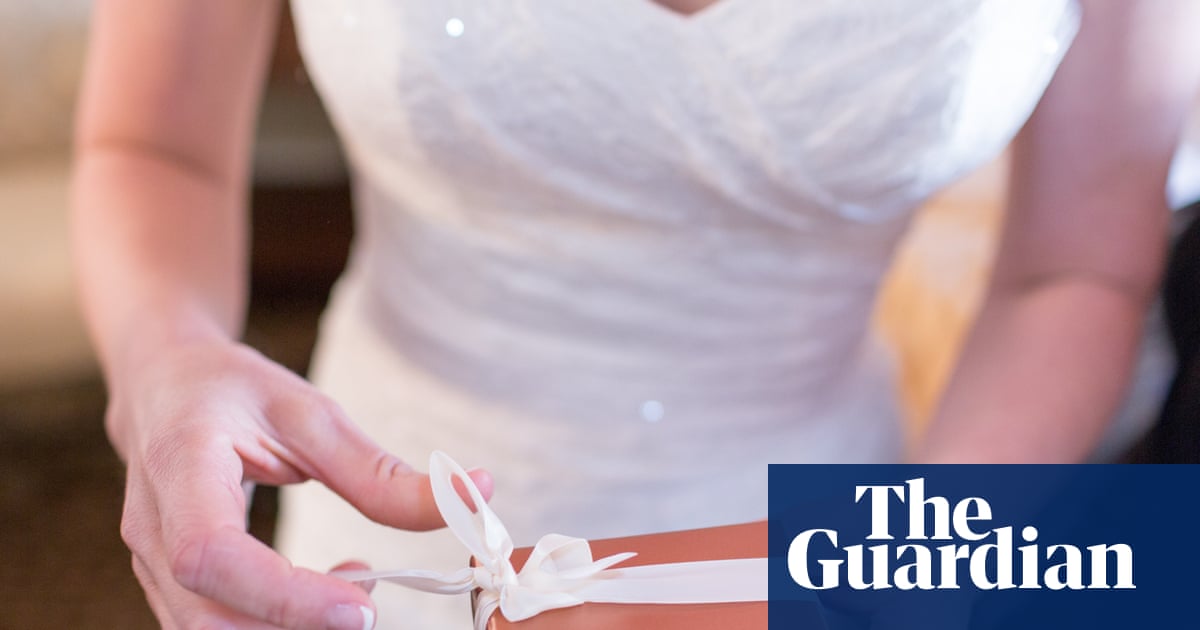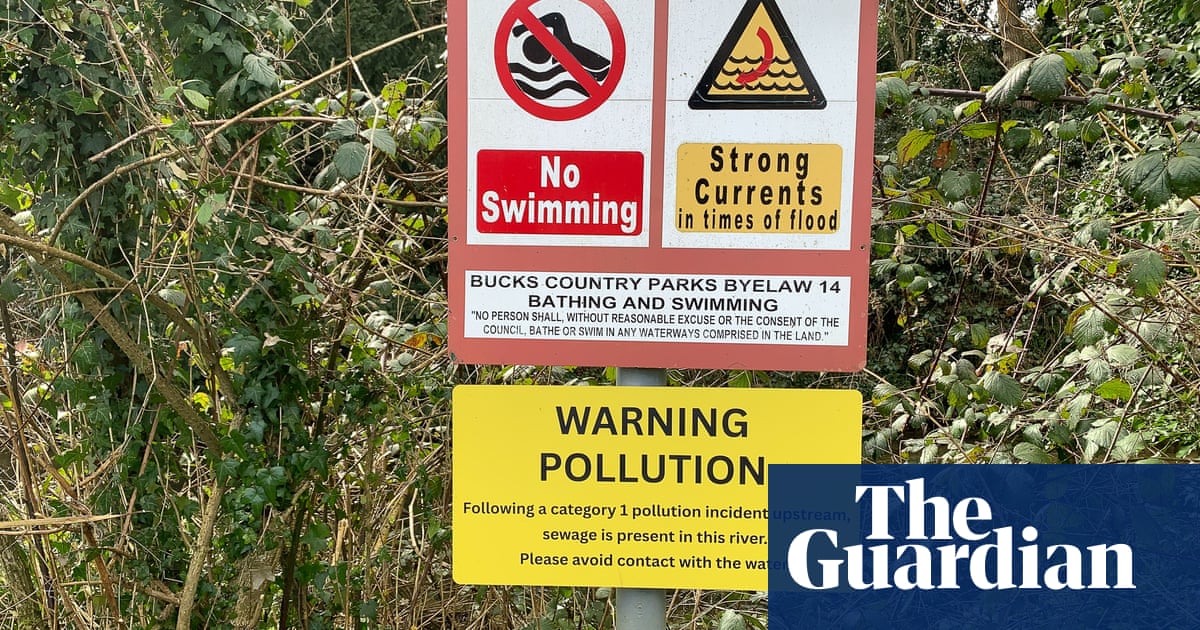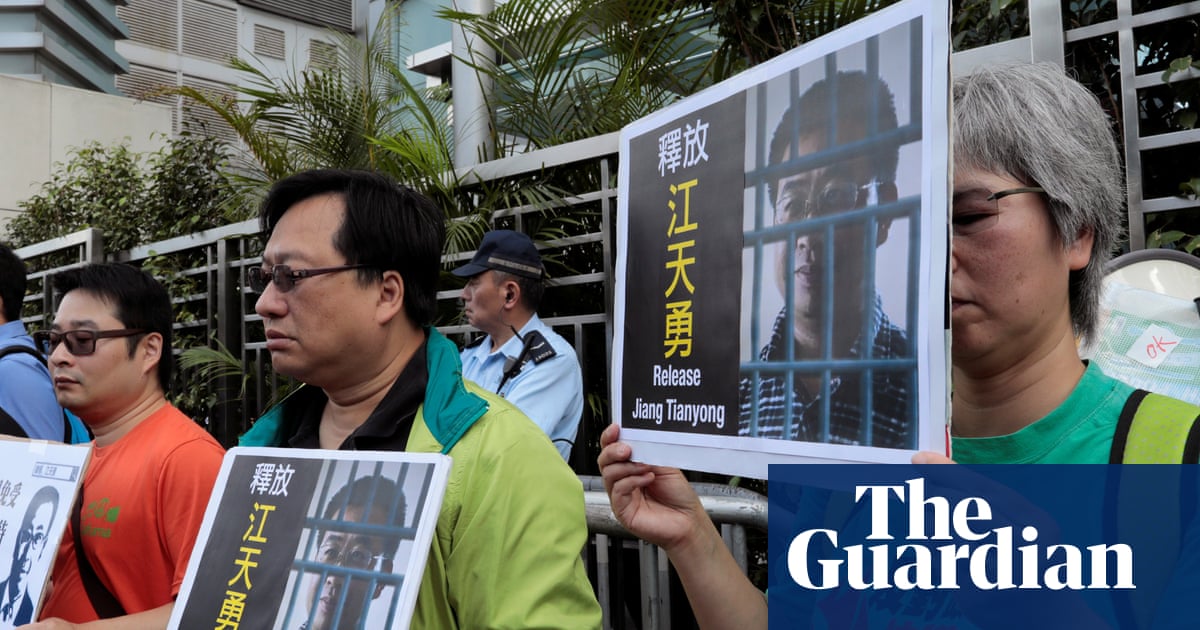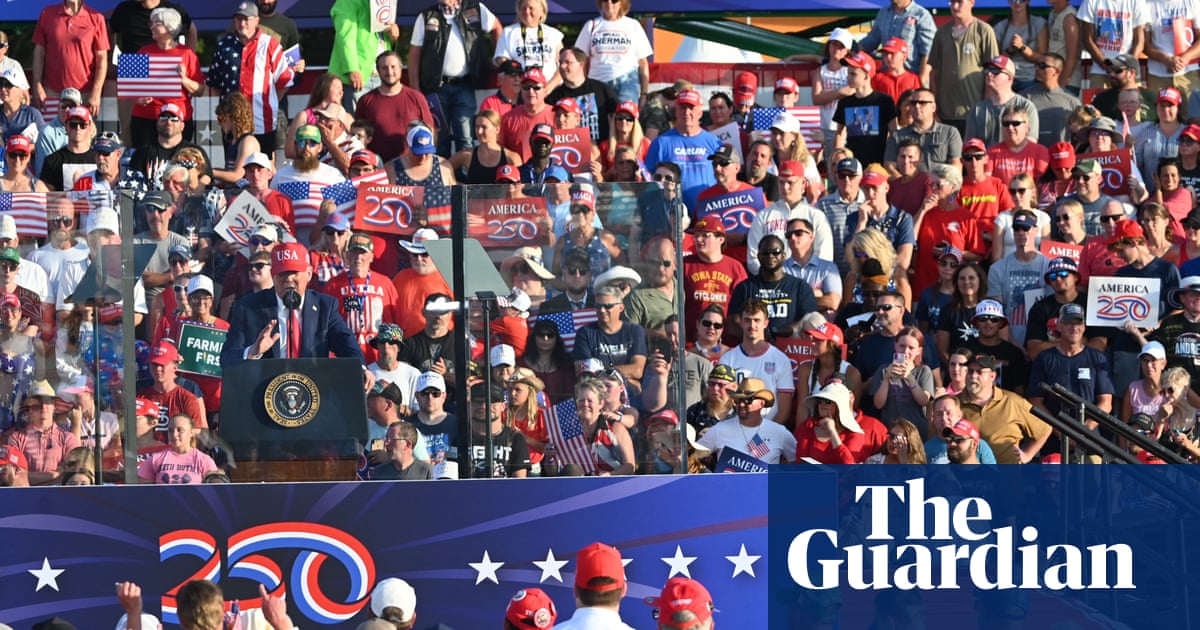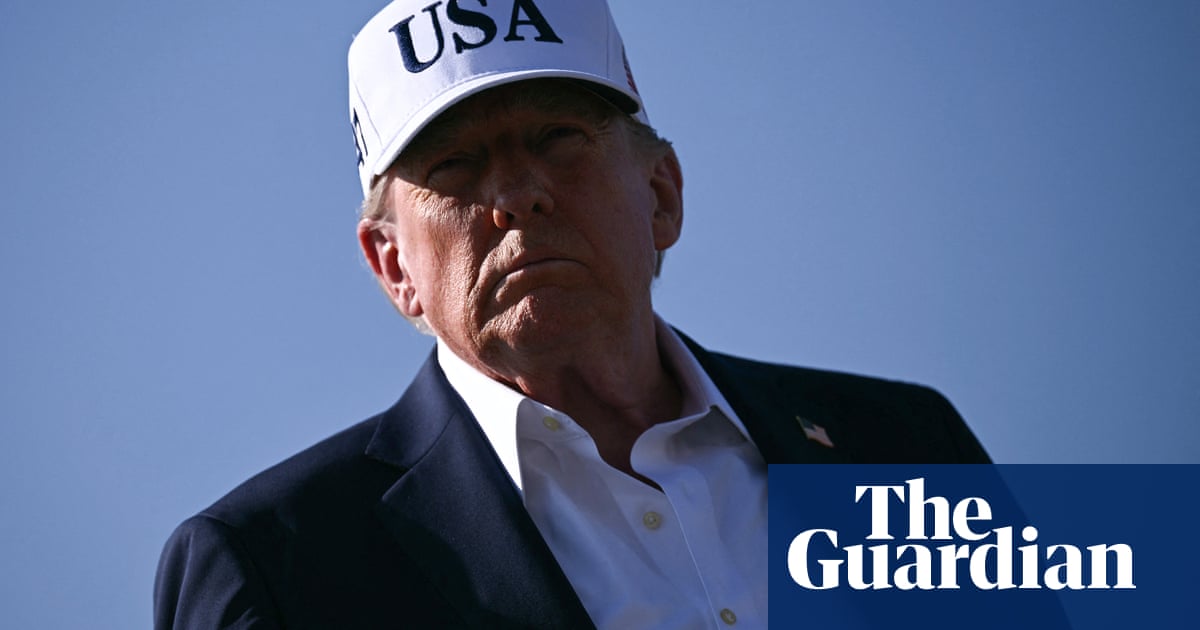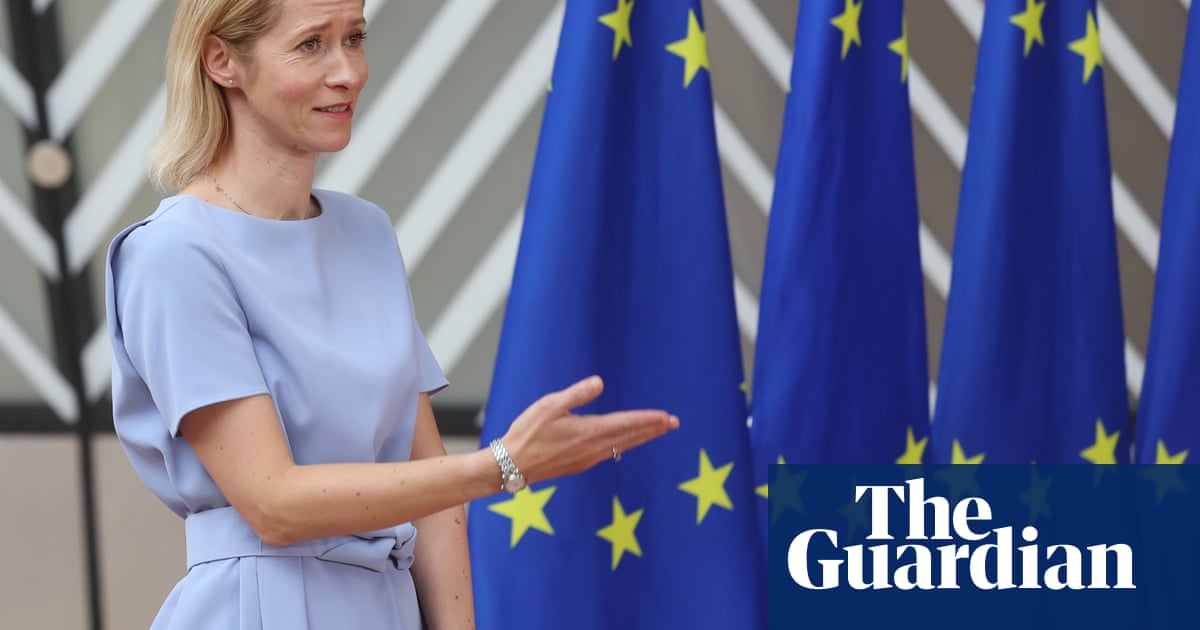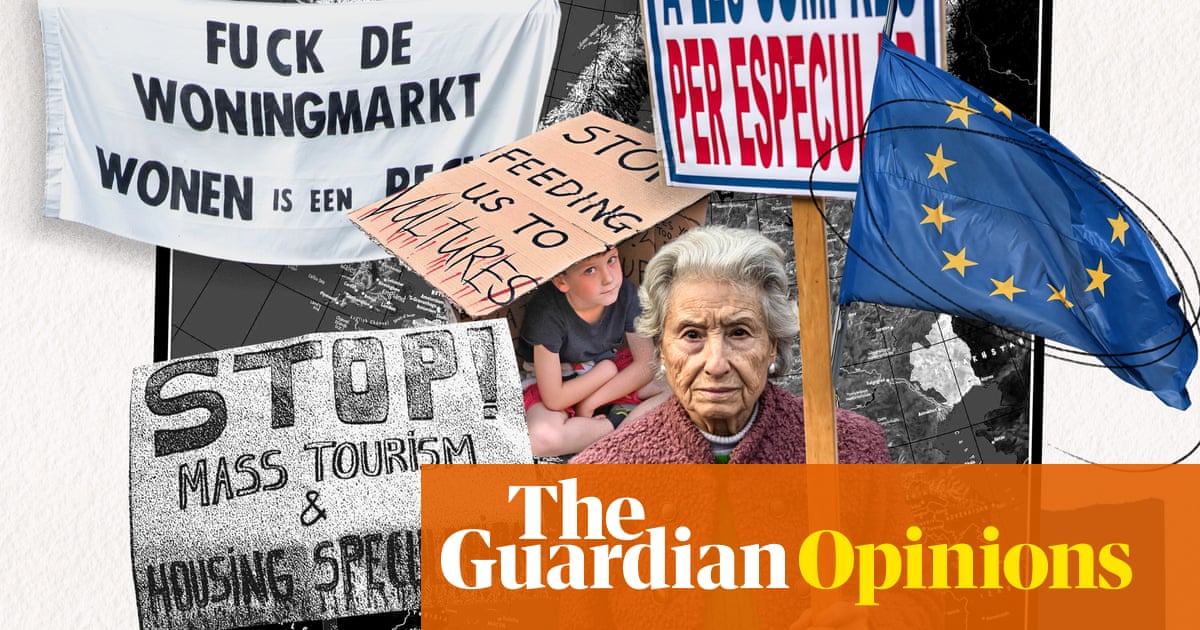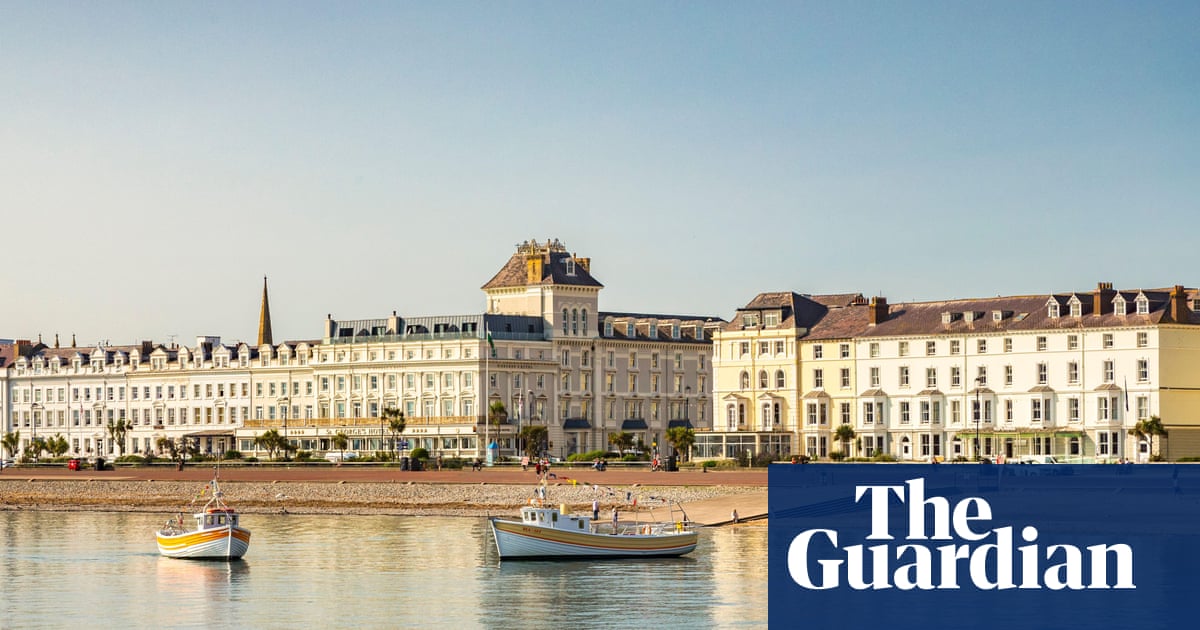Sidi Larbi Cherkaoui is almost offended when I suggest he’s a busy man. “When people tell me, ‘You do so much,’ I cringe,” says the artistic director of the Grand Théâtre de Genève – the largest stage in Switzerland, with its ballet and opera companies – who runs his own company Eastman in his native city of Antwerp. He is also the creator of contemporary dance-theatre productions and a choreographer for film (Joe Wright’s Anna Karenina and Cyrano), musicals (Alanis Morissette’s Jagged Little Pill), pop (Beyoncé and Jay-Z, Madonna) and plenty more.
This autumn alone, nine different works of Cherkaoui’s are being performed around the world, including An Accident/A Life, a collaboration with performer Marc Brew, about the car accident that left Brew paralysed from the neck down – “It’s maybe the piece I’m most proud of,” Cherkaoui says – and the UK premiere of Vlaemsch (Chez Moi), both in London.
He squirms when I ask how many nights he spends at home. “Umm, does it matter?” he says by way of gentle deflection, wary of the modern way of conflating busyness with worth. “Everybody is working hard. My mother worked harder than I’m working. I don’t have kids, I don’t know how to cook. I don’t know how to drive. I just work, you know, and this is what I do. My life and work are the same thing.”
Perhaps sometimes it doesn’t feel like work. When Cherkaoui first met Madonna and had a long conversation about the choreography for her Celebration tour, “it did not cost me any energy”, he says. He was already a huge fan. “I knew all the songs, I knew the lyrics. It’s like my whole life I was studying Madonna.” What was she like to work with? “Inspiring,” he says. “She’s the most honest artist I’ve known. She really doesn’t give a fuck.”
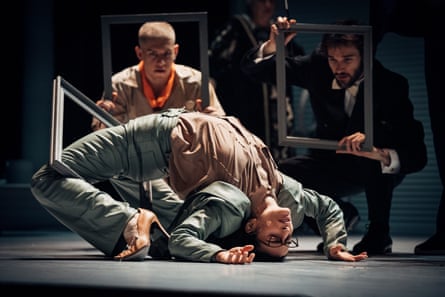
In the UK, the double Olivier award-winning Cherkaoui may be best known for his collaborations with Akram Khan and Antony Gormley. In 2005’s Zero Degrees, Cherkaoui (who is Belgian-Moroccan) and the British-Bangladeshi Khan explored identity and multiculturalism, integrating text with boneless, rubber-bodied movement. For 2008’s Sutra, Gormley designed a stageful of wooden boxes as a playground for the high-leaping cast of monks from the Shaolin Temple (that piece is still touring). Cherkaoui was also a regular choreographer for experimental Belgian company Les Ballets C de la B, layering up movement, text and live music in free-ranging thematic explorations.
It sounds as though Vlaemsch has a similar format, and the show returns to the idea of cultural pluralism. The title is an archaic spelling of Vlaams (“Flemish”), and the piece examines Cherkaoui’s home region. Belgium is a country conflicted about its identity, with deep divisions between Dutch-speaking Flanders and predominantly French-speaking Wallonia. (Cherkaoui is from Antwerp, in the Flemish north, but mostly spoke French at home, adding to his sense of in-betweenness.)
He talks about Flanders holding on to its history like treasures stashed in an attic, fossilised. “There’s the desire to have a rich past, a rich culture that is sort of heroic, or at least elegant,” he says. “But deep down, Belgium, and Flanders specifically – and I would say England as well – we are colonial powers. We have had a very ugly past.” With Vlaemsch, he says, “we have to face the pain”. The result “might be too much, might be too long, might be unnerving, but I don’t care. Because for me, it’s really about addressing a couple of issues that I need to address before I die. I would hate myself if I didn’t.” The stage, he thinks, can be a place to meet difficult truths. “As artists, the funny thing is we are liars. We just make things up. But deep down, I think we reveal a lot.”
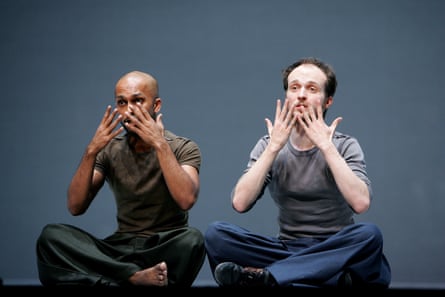
While the creatives on the project are all Flemish – visual artist Hans Op de Beeck, costume designer Jan-Jan Van Essche and lute player Floris De Rycker (whose ensemble Ratas del Viejo Mundo specialise in pre-1650 polyphony) – the cast is international, with dancers from Japan, America, Congo, Canada, Germany, Russia and Ukraine, who he hopes can bring “an honest reflection on the culture”. The piece was being made in 2022 when Russia invaded Ukraine.
Cherkaoui won’t be drawn on the politics of the rehearsal studio, but says: “I think the notion of people disagreeing is a constant for humanity.” What he is interested in are the “cultural lenses” people from different places use to analyse the world. In the studio, “we are different people with different opinions, working together to align. And I think that’s the beauty of it.” Wherever you come from, there’s cultural baggage attached. “And I feel like I’m coming with my baggage now, to Sadler’s Wells. So I hope you approach it with open arms,” he says, “because it’s going to be a lot.”
Vlaemsch is a return, of sorts, Cherkaoui points out. In the past, whether it was visiting the Shaolin Temple for Sutra or Japan for TeZukA, a piece inspired by manga, “I’ve been running away from where I come from”, he says. “They were childhood obsessions but they were not really of my DNA.” Why was he running away? “Because I thought the world was so interesting, and outside was where I could breathe,” he says. “I think the world I was coming from was not one in which I could survive. As a queer, white Arab, everything about me was problematic for my environment.”
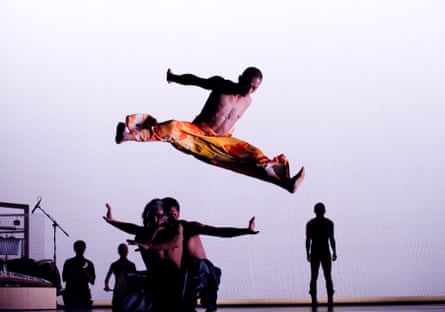
Cherkaoui’s Moroccan father had met his Flemish mother on a nightclub dancefloor. “I think I became a dancer because I’m an expression of their love,” he says. “When I was young and they were in a good mood – which wasn’t often – but when they were having these good moments, they would be dancing to the music on the radio.” Cherkaoui’s father, however, forbade his son from dancing. “I wasn’t allowed to express myself.” His early icons were pop musicians; Kate Bush was a huge inspiration. “She was capable of singing about the most difficult subjects. It’s incredible the amount of characters she developed. She’s like an actress in her own songs, capable of putting herself in the place of anybody, and I was really educated by that.” Some people don’t take pop seriously, he says, “But I think it’s mainly because they’re uncomfortable with the simplicity with which these people express themselves.” Comedy, similarly, he thinks is one of the highest art forms because it’s so direct but so difficult to do well.
It was Cherkaoui’s English teacher who encouraged him to pursue art. At 15, when his parents divorced, he began to dance. In his late teens he met a ballet director in Flanders who told him it was too late for him, but he took classes in every kind of dance anyway, and in a nice twist, one of his many jobs has been seven years as artistic director of Royal Ballet Flanders.
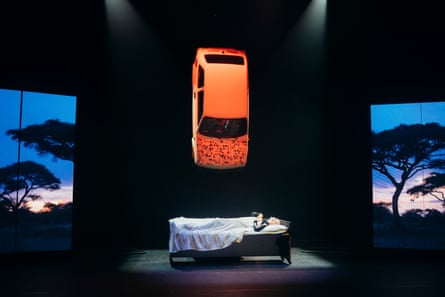
Cherkaoui’s father died four years after the divorce, but it wasn’t until Cherkaoui made the show Ihsane – a sort of companion piece to Vlaemsch, exploring his Moroccan heritage – and researched his father’s life, that he discovered that in Tangier his dad had been a trumpet player and an actor. “But when he came to Belgium, nobody cared about a Moroccan man knowing how to play trumpet,” Cherkaoui says. He was just another foreign worker.
From his father, Cherkaoui realises, he may have got his artistic passion. From his mother, he got his fascination with communication and languages – she spoke many. “And the workaholic aspect is from my mum,” he admits. “I think people that are actually trying to really change the world, they are working hard,” he says. “Greta Thunberg is working hard.”
Dance is a true vocation for Cherkaoui. “I’m just obsessed with the body, and I’m obsessed with the way the body can convey meaning and carry emotions,” he says. In his own way he is trying to change the world, within his cultural sphere. “Trying to show that there are other ways of looking at the world,” he says. “I want to move borders. I want to feel connection. And I will keep doing this until I am dead.”
-
Vlaemsch (Chez Moi) is at Sadler’s Wells, London, 18-20 September. An Accident/A Life is at Sadler’s Wells East, London, 25-27 September.

.png) 1 month ago
37
1 month ago
37
